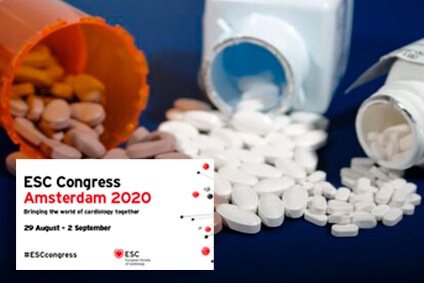According to this new study, colchicine offers some benefit to patients with chronic ischemic heart disease. Similar to COLCOT, this is the second large randomized study with results confirming the inflammatory hypothesis.

Colchicine taken at a daily dose of 0.5 mg reduces cardiovascular events in patients with stable coronary disease, according to data from the LoDoCo2 trial, presented at the 2020 European Society of Cardiology (ESC) virtual congress and published simultaneously in the New England Journal of Medicine (NEJM).
LoDoCo2 provides strong evidence to support the inclusion of colchicine in the routine secondary prevention toolbox for patients with chronic ischemic heart disease.
This study included 5522 patients with coronary artery disease (any evidence of it, including a coronary artery calcium score of >400 Agatston units) clinically stable for the last 6 months, who were randomized to cholchicine 0.5 mg or placebo.
Mean age was 66 years, and only 15.3% of patients were female. While 84.4% of patients had a history of acute coronary syndrome, in most cases, their event had happened more than 2 years before the randomization.
Read also: AHA 2019 | COLCOT: Colchicine and the Return of the Anti-Inflammatory Theory.
Optimal medical treatment recommended by the guidelines had high adherence.
After a mean follow-up duration of 28.6 months, 6.8% of patients in the colchicine group experienced a cardiovascular event (cardiovascular death, infarction, stroke, ischemia-driven revascularization) compared with 9.6% of patients in the placebo group (hazard ratio [HR]: 0.69; 95% confidence interval [CI]: 0.57-0.83). These figures are significant and were consistent across all subgroups.
Ischemia-driven revascularization and infarctions considered individually also were significantly less frequent in the colchicine group.
Read also: Post-MI Colchicine: Cost-Effective with Good Results
Colchicine plus optimal medical treatment reduces by around 30% the risk of future events.
Lodoco2-fullOriginal Title: Colchicine in patients with chronic coronary disease.
Reference: Nidorf SM et al. N Engl J Med. 2020; Epub ahead of print y presentado en el congreso ESC 2020.
Get the latest scientific articles on interventional cardiologySubscribe to our weekly newsletter
We are interested in your opinion. Please, leave your comments, thoughts, questions, etc., below. They will be most welcome.





